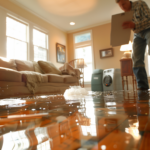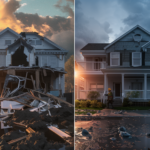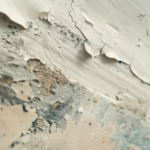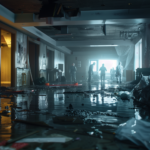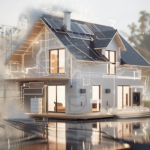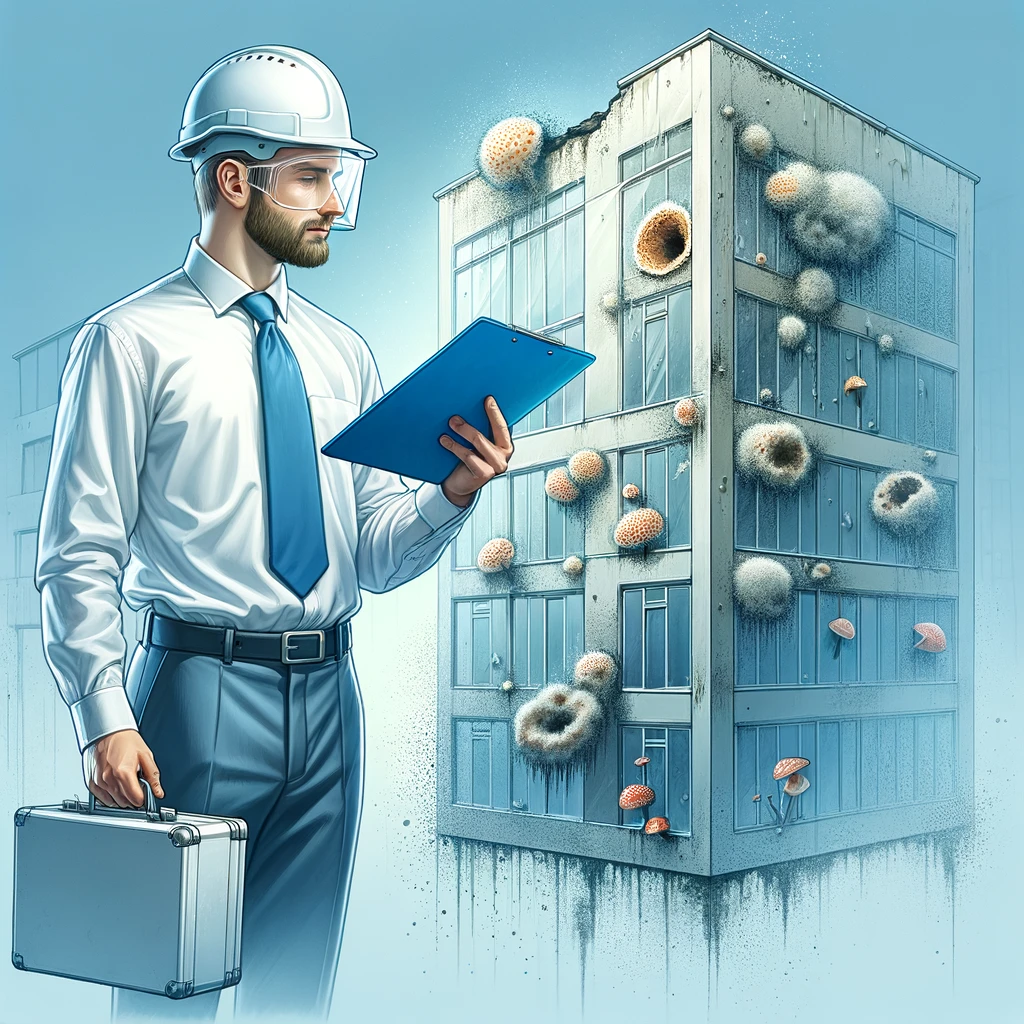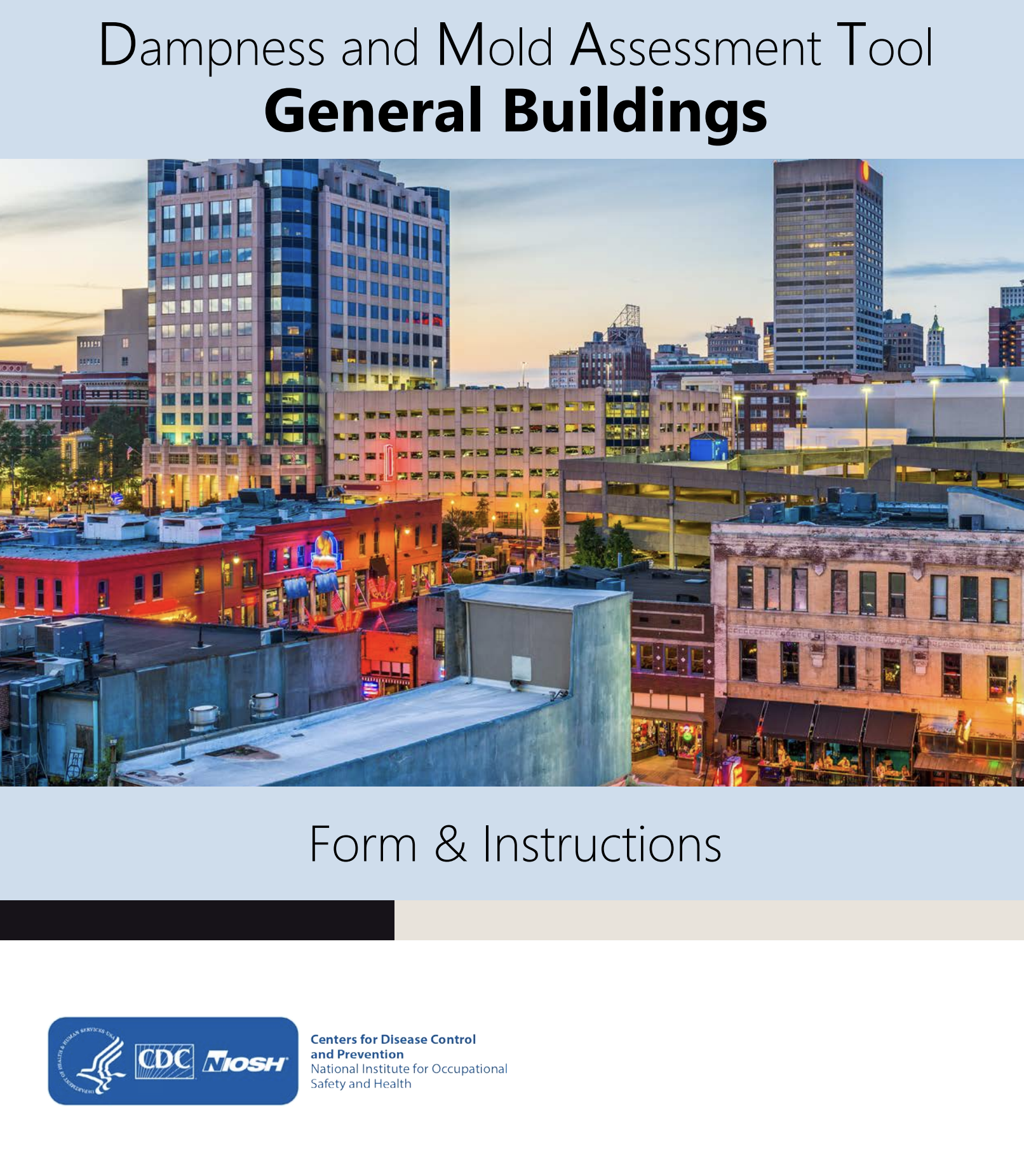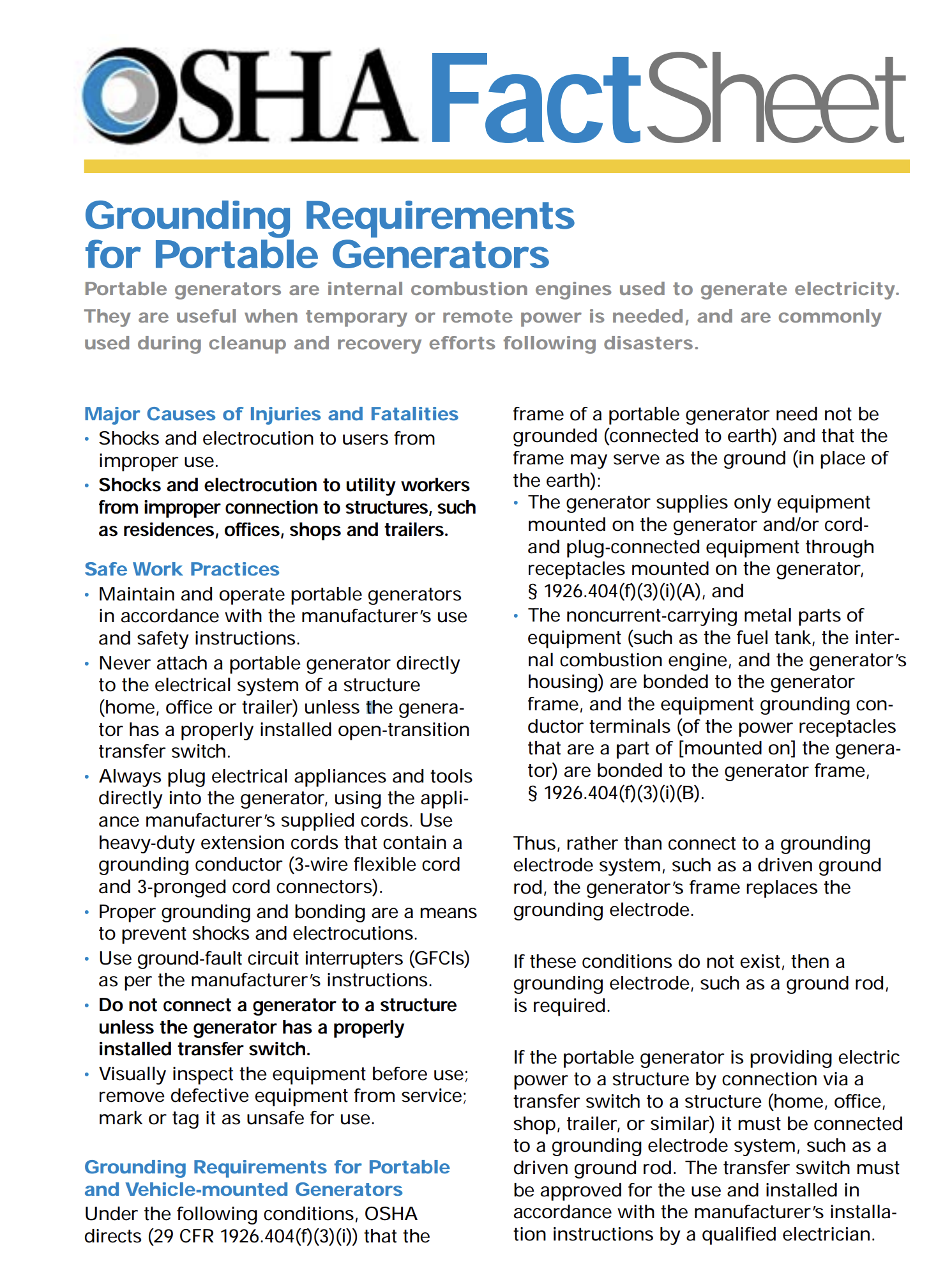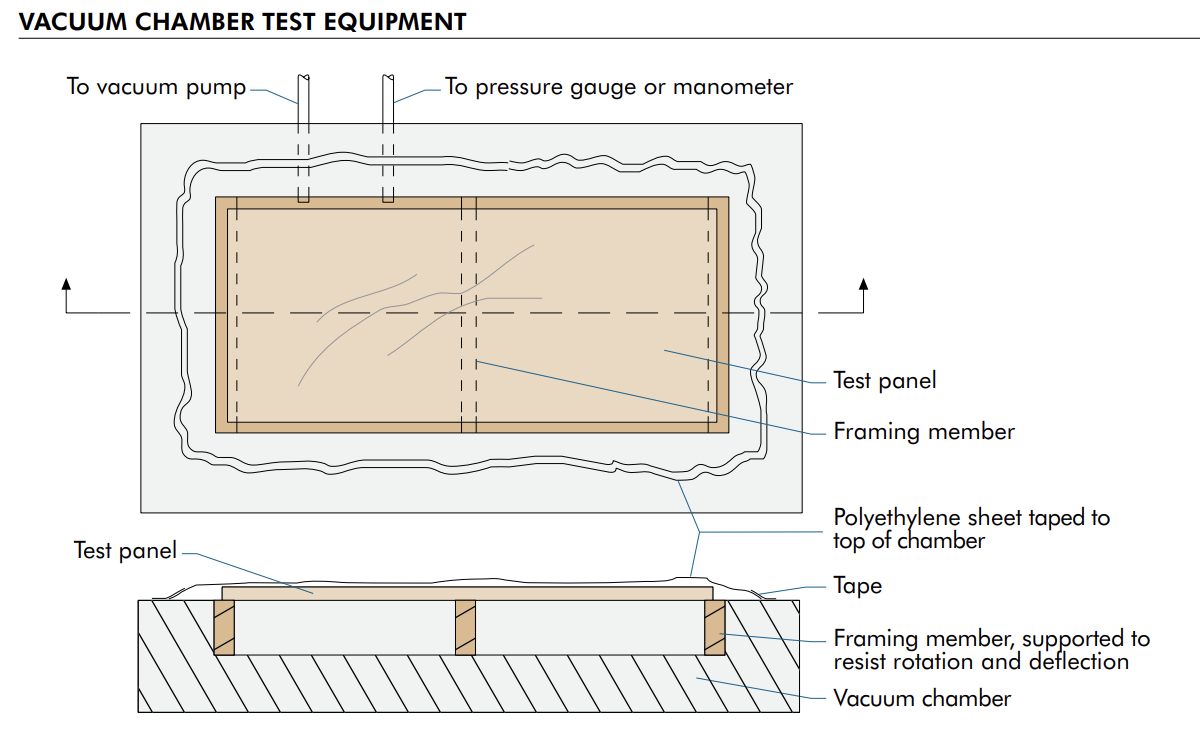At Allied Emergency Services, INC, we are committed to delivering top-notch mold remediation services, and a critical aspect of this commitment is adhering to the ANSI/IICRC S520 Standard for Professional Mold Remediation. This standard, published by the Institute of Inspection Cleaning and Restoration Certification (IICRC), is the benchmark for professional mold removal and remediation.
Understanding ANSI/IICRC S520 Standards
The ANSI/IICRC S520 is a procedural standard developed through comprehensive research and practical experience. It provides a framework for mold remediation, detailing the principles and methodologies necessary for effective mold removal.
- Safety First: Ensuring the safety of both our workers and clients is paramount. The standard outlines specific safety measures to minimize exposure to mold during remediation.
- Assessment and Documentation: Before beginning any remediation, a thorough assessment is crucial. This step involves evaluating the extent of mold damage and documenting the remediation process, ensuring transparency and accountability.
- Contamination Control: Effective mold remediation requires controlling the spread of mold at its source. This includes employing engineering controls and containment strategies to prevent cross-contamination.
- Contamination Removal: The primary goal of remediation is the physical removal of mold. The standards emphasize that killing or encapsulating mold without removing it is insufficient.
- Prevention: Post-remediation, identifying and addressing the moisture sources that led to mold growth is essential to prevent future occurrences.
Principles of Mold Remediation
- Control Mold at Its Source: Emphasizes the need to address mold contamination as close to its origin as possible.
- Physical Removal is Key: Prioritizes the physical removal of mold over methods that merely aim to kill, encapsulate, or inhibit it.
- Flexibility Based on Circumstances: Acknowledges that each remediation project is unique. In some cases, deviation from the standard may be justified based on professional judgment and the specific situation.
- Use of Long-term Controls When Necessary: When mold cannot be physically removed or ongoing moisture issues are unresolved, the use of long-term solutions like engineering controls, encapsulants, or sealants is advised.
- Avoiding the Risks of Unresolved Mold: Strongly discourages leaving mold or moisture problems unaddressed due to potential health risks, further damage to building materials, and possible legal liabilities.
Equipment, Tools, and Materials
- Familiarity and Access to Equipment: Remediators should be familiar with and have access to the necessary equipment, tools, and materials for mold remediation.
- Specialized Training Required: Remediators need specialized training to use and operate equipment, tools, and materials safely and effectively.
- Manufacturer Instructions: Follow manufacturer instructions and label directions for the safe and proper use of equipment, tools, and materials.
- Inspection/Monitoring Tools: Use consistent tools in the same location for accurate project monitoring and post-remediation evaluations.
- Thermo-hygrometer Usage: Record temperature and humidity readings to document environmental conditions and control environments conducive to microbial growth.
- Moisture Sensors and Meters: Utilize moisture sensors and meters for detecting elevated moisture levels in materials, considering calibration and potential false readings.
- Infrared (IR) Thermometers and Thermal Imaging Devices: Use IR devices for detecting surface temperature differences and verify suspect areas with other methods.
- Structural Cavity Drying Systems: Use structural cavity drying systems with caution to prevent spread of contamination and consider HEPA filtration.
- Supplemental Mechanical Systems: Supplemental systems may be needed, and should meet legal requirements and be operated with awareness of new hazards.
- Post-Remediation Materials and Methodologies: Physical removal of mold contamination is primary; evaluate new methodologies for consistency with remediation principles.
- Chemicals (Antimicrobials and Biocides): Understand the advantages and limitations of chemical products; prioritize source removal over indiscriminate chemical use.
- Fungicidal and Mold Resistant Coatings: Use coatings appropriately, ensuring they do not replace source removal or create moisture problems.
- Temperature Extremes: Avoid using temperature extremes as an alternative to cleaning procedures and physical mold removal.
Building and Material Science
- Understanding of Building Systems: Remediators need to have a thorough understanding of building systems and physical laws for effective mold remediation and to restore the building to its intended function.
- Addressing Climatic and Regional Variables: Remediation techniques may vary based on climatic and regional factors like rainfall, temperature, and humidity, necessitating different equipment and techniques for similar structures.
- Building Envelope Considerations: Knowledge of how a building envelope functions is crucial. Actions during remediation can impact the building environment positively or negatively.
- Compliance with Building Codes: Any alterations to the structure and its systems during remediation should adhere to all applicable building codes.
- Variable Climate Impact on Building Construction: Building construction may vary in its appropriateness based on seasonal and yearly climatic changes, affecting drying and remediation techniques.
- Interrelated Building Components: Small changes in one component of a building can have significant effects on the entire structure, affecting occupant safety, health, and building durability.
- Construction of Wall, Floor, and Ceiling Assemblies: Understanding the construction and the effects of moisture on these assemblies is important for making informed decisions during drying and remediation.
- Elements of Airflow in Buildings: Knowledge of air ingress, egress, and passage through structures is vital for planning and executing efficient and effective remediation.
- Planned and Unplanned Openings: Awareness of how these openings contribute to air movement and moisture control is essential. Caution is advised when altering airflow to avoid safety and health risks.
- Mechanisms of Moisture Flow: Understanding the four mechanisms—liquid flow, air transport, vapor diffusion, and capillary action—is crucial in devising an effective remediation plan.
- Effects of Moisture on Materials: Knowledge of how different materials react to moisture is necessary for developing an adequate remediation plan, considering factors like porosity, permeability, absorption, and susceptibility to damage and microbiological growth.
Safety and Health OSHA standards
- Safety and Health Priority: Stresses the importance of safety in mold remediation, aligning with OSHA’s general and specific duty clauses (29 USC 654, §5).
- Compliance with OSHA Standards: Requires adherence to OSHA’s General Industry Standards (29 CFR 1910) and Construction Industry Standards (29 CFR 1926).
- Emergency and Fire Plans: Mandates emergency action and fire prevention plans, as per OSHA (29 CFR 1910.38-39 and 1926.20).
- Personal Protective Equipment (PPE): Obligates the provision of PPE in line with OSHA standards (29 CFR 1910.132).
- Respiratory Protection: Ensures respiratory protection and a program as outlined by OSHA (29 CFR 1910.134).
- Warning Signs: Requires posting of warning signs for egress, hazards, and dangers, in accordance with OSHA (29 CFR 1910.37, 1910.145, 1926).
- Asbestos Safety: Complies with OSHA standards for asbestos (29 CFR 1926.1101, 1910.1001).
- Lead Safety: Adheres to OSHA regulations for lead-based materials (29 CFR 1926.62, 1910.1025).
- Heat Stress Management: Addresses heat disorders following OSHA guidelines for safe work environments.
- Confined Space Entry: Follows OSHA’s regulations on confined spaces (29 CFR 1910.146, 1926.21, ANSI Z117.1-1989).
- Hazard Communication: Implements hazard communication programs in compliance with OSHA (29 CFR 1910.1200).
- Lockout/Tagout Procedures: Adheres to OSHA’s standard on hazardous energy control (29 CFR 1910.147).
- Safe Work in Contaminated Buildings: Ensures safe work practices as per OSHA’s guidelines for working in hazardous environments.
Inspection and Preliminary Determination
- Purpose of Inspection: Gathering information about mold and moisture conditions in the building, system, contents, or area.
- Preliminary Determination: A conclusion identifying actual or potential mold growth and areas of moisture intrusion, possibly requiring an Indoor Environmental Professional (IEP) for further assessment.
- Qualifications of Remediators: Expected to have education, training, and experience in mold remediation, water damage restoration, and building science related to moisture intrusion.
- Initial Contact and Health Concerns: Inspections initiated for various reasons; remediators should direct health concerns to qualified health professionals and not provide advice outside their expertise.
- Inspection Process: Involves identifying moisture problems and potential mold contamination; not intended as an exposure assessment.
- Building Inspection: Includes checking for water intrusion, water stains, structural damage, odors, etc., and identifying potential concealed mold contamination.
- Developing Preliminary Determination: Based on initial inspection and professional judgment, determining the presence of mold and the need for IEP involvement.
- Summary of Preliminary Determinations: Determinations range from no remediation required (Condition 1) to needing work plans for Conditions 2 or 3, or engaging an IEP for further assessment.
- Developing Work Plans and Protocols: Using inspection information and preliminary determinations to develop plans, considering containment, safety, contents management, and disposal.
Structural Remediation
- Definition and Scope: Structural remediation focuses on the building’s structure, excluding contents and HVAC components, based on industrial hygiene practices and safety principles.
- Regulated Materials Precedence: When present, regulated materials like lead or asbestos require specific protocols and take precedence over mold remediation.
- Remediation Methods: Depend on the material’s porosity, ability to support fungal growth, trap spores, and structural integrity. Intrusive activities may require a structural engineer.
- Engineering Controls: Aim to prevent cross-contamination and ensure worker safety, including isolation, containment, and pressure differentials.
- Containment Types: Source, local, and full-scale containment methods are used based on the extent of mold contamination.
- Pressure Differentials and Airflow: Manage airflow to prevent cross-contamination, with negative pressure in contaminated areas.
- Air Filtration Devices (AFDs): Used to create negative or positive pressure; their use includes precautions to prevent contamination spread.
- HEPA Vacuums and Other Vacuum Systems: Essential for removing mold spores and fragments during remediation.
- Misting and Dehumidification: Misting for dust suppression and dehumidification to maintain conditions unfavorable for mold growth.
- Remediation Work Procedures: Includes technical specifications review, preliminary steps, containment setup, signage, entry protocols, and demolition and surface cleaning.
- Disposal of Contaminated Materials: Involves careful handling and disposal according to federal, state, and local regulations.
- Clean-up: Comprehensive cleaning to achieve Condition 1 in the work area, combining HEPA-vacuuming with damp wiping.
- Post-Remediation Evaluation and Verification: Conducted to determine the effectiveness of remediation and verify the return to Condition 1, potentially by an independent IEP.
- Containment Breakdown: Involves cleaning and evaluating the containment area and ensuring it passes post-remediation verification before dismantling.
HVAC Remediation
- Importance of HVAC Systems: HVAC systems play a crucial role in controlling microorganism growth and spread in buildings.
- Remediation for Different Ductwork Types: Non-porous ductwork like galvanized sheet metal can be remediated, but internally lined or flexible ductwork with significant contamination often needs replacement.
- Operational, Maintenance, and Modification Issues: Special attention required for HVAC systems during building remediation, with necessary corrections or modifications to prevent future mold growth.
- Engineering Considerations: Inspections for cleanliness and working condition should align with National Air Duct Cleaners Association (NADCA) standards, especially post-building remediation.
- HVAC System Cleaning: Follow NADCA’s Assessment, Cleaning, and Restoration (ACR) standards, with consideration of the system’s condition and possible recontamination risks.
- Use as a Dehumidification Device: Using HVAC systems for dehumidification during remediation is not recommended without considering various factors like operational pressurization and potential particle migration.
- Fungal Contamination Considerations: Assessing and achieving the desired cleanliness level in HVAC systems, especially for internal components like cooling coils and fan blades.
- Isolation and Cleaning Procedures: Isolation of HVAC components during building remediation and appropriate cleaning procedures, including the use of personal protective equipment.
- Antimicrobial Product Use: Only after mechanical cleaning and if necessary, with strict adherence to EPA regulations and label directions.
- Coatings and Sealants: Use only after HVAC cleaning, and only products specifically registered for HVAC systems, complying with EPA, state, and local regulations.
- Post-Remediation Verification (PRV): Conducted prior to applying any coatings, including resurfacing, repair coatings, or HVAC sealants.
Contents Remediation
- Categorization of Contents: Classify items based on restorability, considering mold contamination level, material composition, and cost of cleaning versus replacement.
- Inspection and Evaluation: Determine the condition of contents (Condition 1, 2, or 3) through visual inspection and assessment by an Indoor Environmental Professional (IEP) if needed.
- Removal from Affected Areas: Inspect, document, and separate affected from unaffected contents. Obtain written authorization for disposal of contaminated contents.
- Inventory, Packing, Transport, and Storage: Conduct detailed inventory, ensure proper packaging and storage to minimize contamination and damage.
- Cleaning Contents: Aim to clean items to Condition 1 by physically removing contamination and odors; use various methods like HEPA vacuuming, air washing, and liquid-based methods.
- High-value and Irreplaceable Contents: Specialized remediation for high-value or irreplaceable items, possibly requiring expert services.
- Unrestorable Contents: Items not restored to Condition 1 should be inventoried, documented, and removed or disposed of with written permission from relevant parties.
- Disposal and Waste Material Handling: Handle waste materials to minimize cross-contamination, using appropriate packaging and disposal methods.
- Post-Remediation Evaluation: Evaluate whether remediation has been completed effectively, focusing on visual and olfactory inspection.
- Post-Remediation Verification: Verify return of contents to Condition 1, possibly involving an independent IEP for sampling and assessment.
Post-Remediation Verification
- Purpose of Verification: To confirm the structure, systems, or contents have been returned to Condition 1 after remediation.
- Role of Independent IEP: Verification should be performed by an independent Indoor Environmental Professional (IEP). If the IEP is not independent from the remediator, this must be disclosed in writing to the client.
- Documentation of Criteria and Process: The criteria and process used in post-remediation verification should be thoroughly documented.
- Verification Criteria: Can include subjective criteria like visual inspection and odor detection, as well as objective criteria like analytical testing (moisture monitoring, temperature, relative humidity) and environmental sampling.
- Assurance of Remediation Quality: Provides assurance within the limitations of sampling, testing, and analysis that remediation has achieved Condition 1 status.
Indoor Environmental Professional (IEP)
- Definition of IEP: An IEP is defined as an individual qualified by knowledge, skill, education, training, certification, or experience to assess fungal ecology in structures, systems, and contents, and to determine Conditions 1, 2, and 3.
- Role in Remediation Process: The IEP is responsible for creating a sampling strategy, interpreting laboratory data, and verifying the return to Condition 1.
- Scope of Work Development: A remediator can use preliminary determination to develop a remediation scope of work, but an IEP should perform pre-remediation assessments and post-remediation verification.
- Independence of IEP: The IEP should be independent and unbiased from the remediation process. If not independent, this must be disclosed in writing to the client.
- Compliance with Legal Requirements: In some regions, the law requires inspection and assessment functions to be performed by an entity independent of the remediator.
- Need for Additional Input: In cases of complexities or conflicts, the remediator may seek additional guidance from the IEP.
Our Commitment to Excellence
At Allied Emergency Services, INC, we rigorously follow the ANSI/IICRC S520 standards. Our team of professionals is trained to handle mold remediation projects with the utmost care, ensuring the safety and satisfaction of our clients. We believe in not just restoring properties but also in safeguarding the health and well-being of those we serve.
Get in Touch for Professional Mold Remediation
If you’re facing mold issues, don’t hesitate to contact us. Our expert team, equipped with the latest tools and techniques, will provide a comprehensive solution tailored to your needs. Trust us to restore your property to its pre-damage condition, adhering to the highest industry standards.
For more personalized guidance, consult with engineers and local building codes specific to your location. For immediate service or consultation, you may contact us at Allied Emergency Services, INC.
Contact Information:
- Phone: 1-800-792-0212
- Email: Info@AlliedEmergencyServices.com
- Location: Serving Illinois, Wisconsin, and Indiana with a focus on the greater Chicago area.
If you require immediate assistance or have specific questions, our human support is readily available to help you.
Disclaimer: This article is intended for informational purposes only. For professional advice, consult experts in the field
